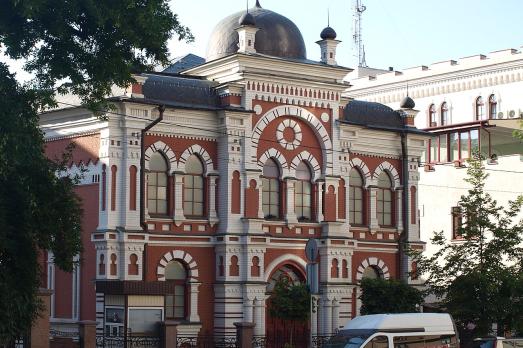
Great Choral Synagogue, Kyiv
Kyiv, UA
The Great Choral Synagogue is the oldest synagogue in Kyiv, built in 1895 in a Moorish revival style. Its construction was financed by Gabriel Yakob Rozenberg, a merchant.
Here you can search for a building to visit. You can use the map find destinations, or you can use the filters to search for a building based upon what different criteria.

Kyiv, UA
The Great Choral Synagogue is the oldest synagogue in Kyiv, built in 1895 in a Moorish revival style. Its construction was financed by Gabriel Yakob Rozenberg, a merchant.
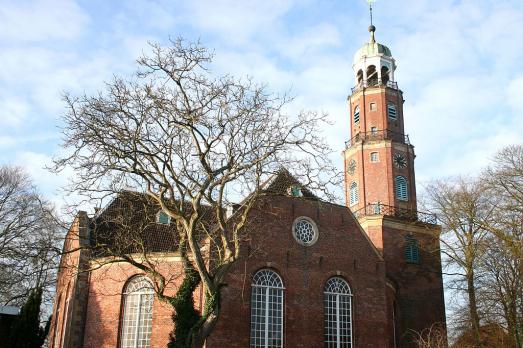
Leer, DE
The Große Kirche (Big Church) was built after the demolition of the previous church in 1785-1787. The construction of the highest tower finished in 1805. A ship can be seen on top of the tower: this is an old symbol of the community and remembers the bible story of the disciples at the lake of Galilea (Mat. 8, 23-27). The church underwent a thorough renovation in 2011-2012. Today, the church is the largest church building in the area.

Bakhchysarai, UA
The Great Khan Mosque was built in 1532 by Khan Sahib I Giray (1501–1551) in the Ottoman architectural style. It is part of the Khan's Palace, which was the seat of the Crimean Khanate. The mosque bore the name of Sahib I Giraj until the 17th century. The mosque was damaged by fire in 1736 but was restored under Khan Selamet Giraj. To the east, a madrasa built in 1750 under Arslan Giraj was probably attached. Some scholars also suspect that the mosque originally had a domed roof with several domes of different shapes.
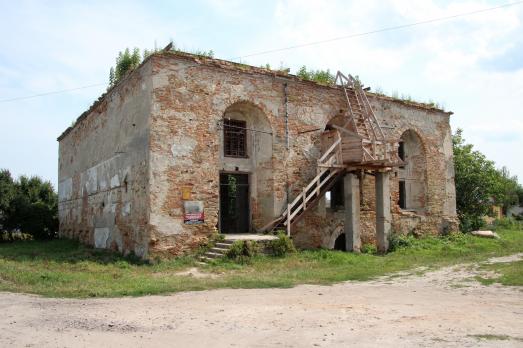
Ostrog, UA
The Great Maharsha Synagogue in Ostroh was built in 1627 under a restriction “prohibiting the erection of synagogues taller than churches”. The synagogue was damaged during the Holocaust and afterwards abandoned. The synagogue was named after Rabbi Schmuel Eliezer Ha-Levi Edels (the Maharsha), the author of one of the most authoritative Talmudic commentaries. The building is currently being restored and transferred back to the Jewish community.
Buda, HU
The Great Medieval Synagogue in Buda was built in the 15th century, destroyed in 1686. The building is now abandoned.
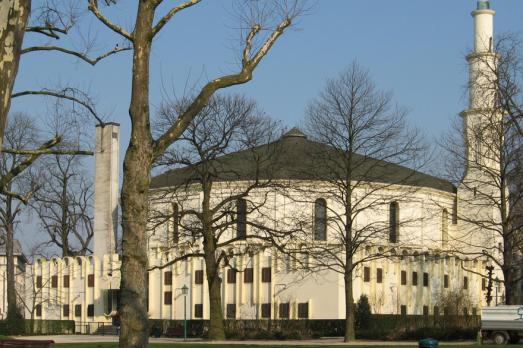
Bruxelles, BE
The Great Mosque of Brussels is first built in 1879 as an exhibition pavilion for the Austro-Belgian Panoramas Company. Constructed of durable materials, the building is destined to become an annex to the Royal Museums of Decorative and Industrial Arts. In 1967, the building is ceded to the Muslim Community of Belgium to establish a cultural and religious centre. The mosque is restored in 1975-1978.
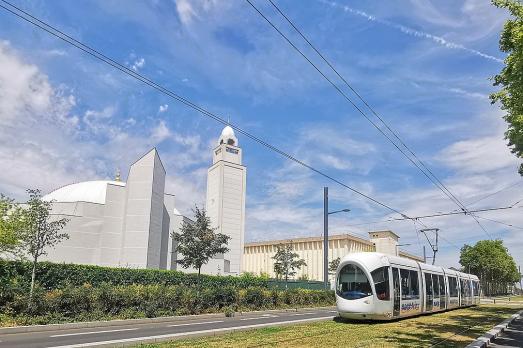
Lyon, FR
The Great Mosque of Lyon or Grande mosquée de Lyon is France's sixth largest mosque, designed by architects Ballandras and Mirabeau.
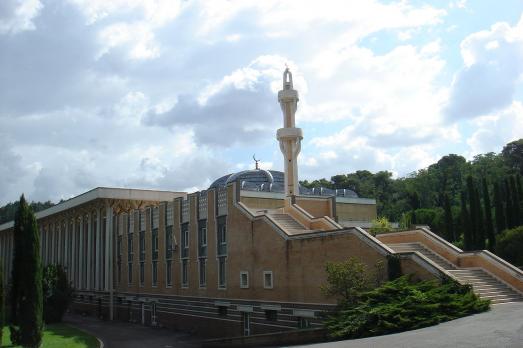
Roma, IT
The Great Mosque of Rome, built between 1984 and 1995, is the largest mosque in Italy and the largest in Europe. The work of the architect Paolo Portoghesi is meant as a modern syncretism of Maghreb, Ottoman and Persian mosque architecture. The whole is designed to be integrated in the green environment.
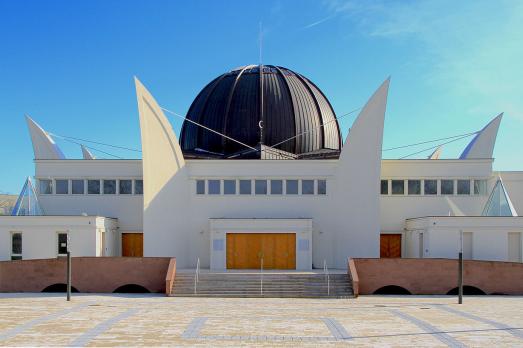
Strasbourg, FR
The Great Mosque of Strasbourg was inaugurated in 2012, it replaces a prayer room installed since 1982 in a former factory. Designed by the Italian architect Paolo Portoghesi, this modern copper-domed building is one of the largest mosques in France.
Bergambacht, NL
The oldest parts of the church date from the year 1450. At that time, a simple Romanesque hall church was built on a natural sand mound. In the year 1512, the village was set on fire by the Geldersen. The church was badly damaged. Restoration followed. A Gothic choir was also built onto the church. In the first half of the 17th century, the church was expanded with a northern and southern chapel. On 1 August 1874, the church was hit by a heavy hurricane that swept across our country. The building was badly damaged. The nave of the church and the northern and southern chapels were restored. The completely destroyed choir was not rebuilt. After the restoration, the church was given its current form. The restoration of the church was completed in 1683. A fierce fire raged there in 1891. The church was restored to its former glory. The southern wall had to be partly replaced by new Waal stone. In 1972, the beautiful church was restored.

new
The Chassidic Route is a cultural and historical trail tracing the rich legacy of Jewish communities in southeastern Poland and western Ukraine. This region was central to the rise of Chassidism in the 18th century. Here, we highlight 10 remarkable synagogues you’ll discover along this route.

he cradle of the Industrial Revolution in Germany, Chemnitz, is well-known for its industrial heritage landscape, but the city is also home to remarkable examples of religious architecture from different historical periods. Join us as we explore the key landmarks of this European Capital of Culture 2025.

The twin towns of Nova Gorica (Slovenia) and Gorizia (Italy), lying on the border between the two countries, have a rich religious heritage, steeped in centuries of tradition. If you are looking for ideas for your visit, take note of these 10 religious sites that you should not miss.